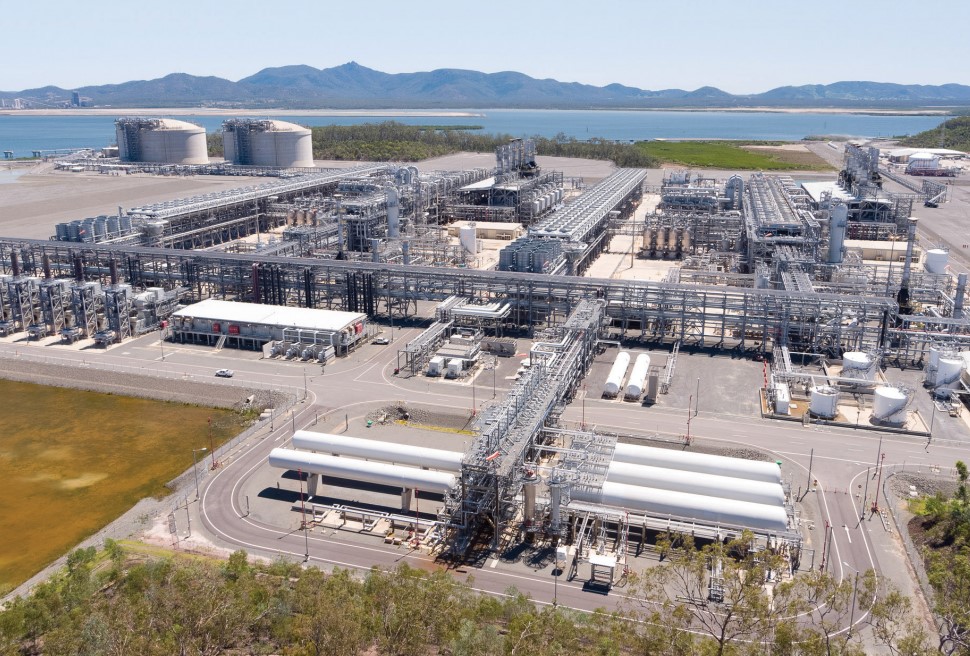This story requires a subscription
This includes a single user license.
The gas supply surplus in the Australian east coast gas market is forecast to be between 12 and 27 petajoules (PJ) in the first quarter of 2025, ACCC said in its latest gas inquiry report.
ACCC said the exact size of the surplus would largely depend on how much uncontracted gas is exported by Queensland LNG producers.
Curtis Island off Gladstone is home to the Santos-operated GLNG plant, the ConocoPhillips-led APLNG terminal, and Shell’s QCLNG facility.
These are the only LNG export facilities on Australia’s east coast.
ACC said the new forecast for the supply surplus has fallen from the predicted surplus of 26-35 PJ, in its June 2024 gas report.
“This is largely due to an increase in contracted exports for this quarter and reflects the LNG producers’ ‘re-shaping’ of export cargoes between the domestic peak and off-peak gas demand periods,” it said.
The re-shaping of export volumes assists in meeting demand variations, when LNG producers may increase their export cargoes during periods of lower Australian demand for gas and may increase domestic supply during periods of peak demand in the Australian winter months, it said.
Additional gas
ACCC said surplus gas in the first quarter is needed to help re-fill southern gas storage facilities in preparation for the Australian winter, and to mitigate against unexpected increases in demand for GPG and/or disruptions to supply in the southern states.
Moreover, the watchdog said the estimated minimum surplus of 12 PJ (if the LNG producers export all of their uncontracted gas) will be important for the east coast market to help re-fill storage facilities and provide a buffer for other market risks.
Given uncertain demand for GPG and the risk of disruptions to southern states production, the LNG producers may need to commit more gas to the east coast market in the first quarter of 2025 to mitigate the risk of shortfalls, ACCC said.
The LNG producers are estimated to have 15 PJ of uncontracted gas available.
As part of the heads of agreement requirements, the LNG producers are obliged to offer uncontracted gas that could be sold as spot or additional LNG cargoes to the Australian domestic market first, before offering it to the international market, ACCC noted.
The LNG producers’ actual exports for the first quarter of 2025, and hence the actual volumes of uncontracted gas available, will likely be finalized by the producers shortly, ACCC said.

